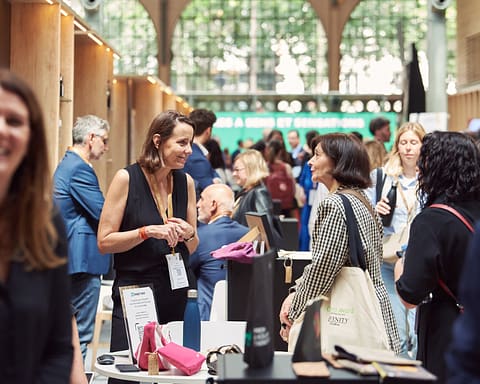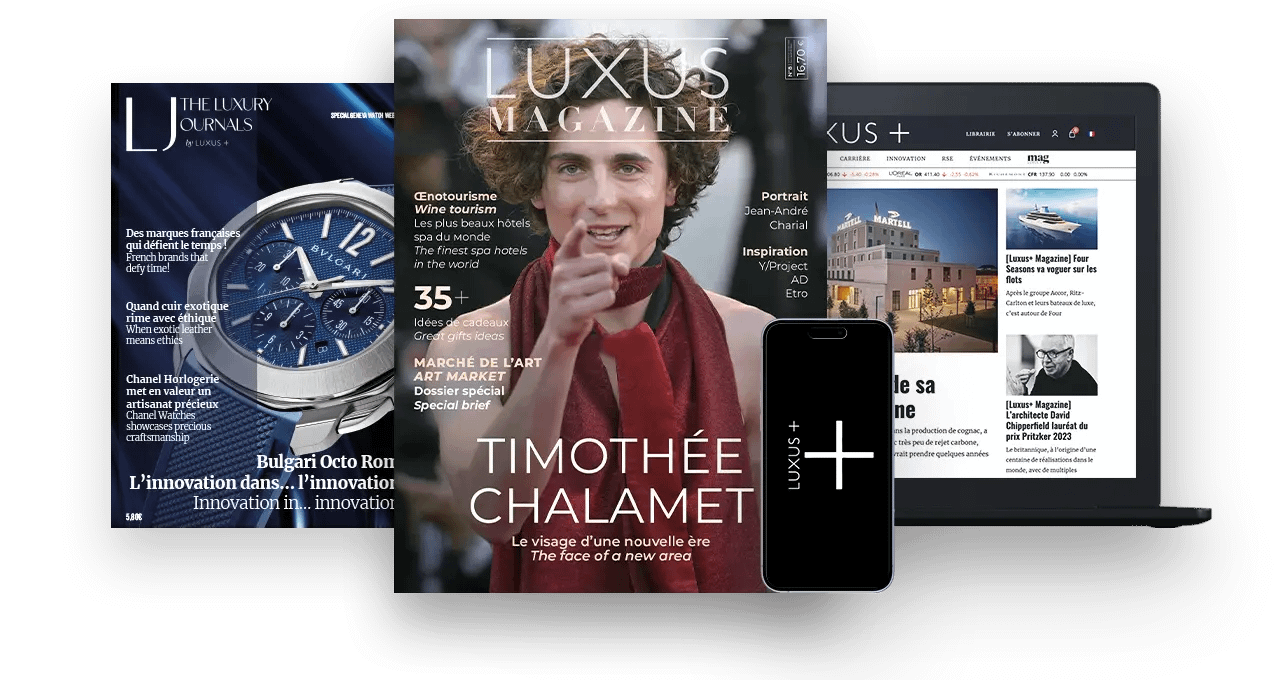Jean Frédéric Dufour, Rolex CEO for the past ten years, foresees a slowdown in Swiss watchmaking activity this year. This situation, brought on by an unfavorable socio-economic context, is likely to heavily penalize the less established and smaller brands.
In an interview with the Swiss daily Neue Zürcher Zeitung (NZZ) ahead of the Watches & Wonders International Trade Show – of which he is Chairman of the Foundation – Jean Frédéric Dufour, CEO of Rolex, painted a far more mixed picture for the Swiss watchmaking industry in 2024 than in recent years.
Accustomed to unprecedented growth over the past three years, the Swiss watchmaking industry is now finding itself caught up in the normalization observed in other luxury sectors.
Jean Frédéric Dufour points to a difficult period caused by the combined effect of a strong franc, rising gold prices and persistent geopolitical uncertainty.
In these conditions, “2024 will be a challenge”, in the words of Rolex’s CEO.
An expected drop in sales
“A phase in which all manufacturers were doing well is coming to an end,” declared Jean Frédéric Dufour. He added: “The pendulum is now swinging the other way, and this is naturally more pronounced among the less established brands.”
This fine connoisseur of the watch market cut his teeth at Chopard, Blancpain (Swatch Group) and Zenith (LVMH) before taking over as Rolex CEO in 2014. Since he took the helm, the queen of Swiss and global watch brands has doubled in size, now producing over a million watches a year.
Although the brand founded in 1908 prefers to keep its figures discreet, the investment bank Morgan Stanley has estimated that Rolex sales have grown by 11% year-on-year, generating $11.5 billion (€10.6 billion) in revenues by 2023.
According to Jean Frédéric Dufour, smaller brands are likely to see their sales fall by 15%, which is still better than during the pandemic. “Where they may have seen a 20% rise in sales during their ramp-up, they are now experiencing a 15% decline.”
While 2024 will be a challenge for the Swiss watchmaking industry, the big names in the industry should be less affected. For the major watch brands, fluctuations are expected to be smaller, in the order of +/- 2% to 3%.
The spectre of overproduction
The Rolex CEO also warns of the damaging effects of overproduction on the dream equation, thanks to which prices can freely soar to new heights.
“In good times, too many watches are produced. When markets weaken, as is the case today, watch dealers come under pressure and respond by discounting. This is extremely problematic, as discounts harm emotional products like ours.”
This overproduction inflates the size of inventories, increasing the temptation for retailers to discount and promote. In the opinion of this eminence grise of luxury watchmaking, this phenomenon is already taking place in the United States. This is the largest market for Swiss watches.
Rising prices
The executive points out that many professionals have chosen to increase their prices in view of the political and social context and the rising cost of raw materials. In his view, higher prices automatically lead to higher average transaction values. To justify these increases, many turn to ever more ambitious complications and more precious materials.
However, the CEO is adamant that we must not fall into a similar pattern to 2021-2022, when timepieces were seen primarily as investments, as was the case with the crypto-economy boom. I don’t like to see watches compared with shares. It sends the wrong message and is dangerous. We make products, not investments.”
Meanwhile, with the price of gold reaching record highs – +14% since the beginning of the year – Rolex, accustomed to increasing its prices once a year, has decided to raise the price tags on some of its gold watches. As a result, the watch brand has increased the price of some of its timepieces by up to £1,500, such as the Daytona Chronograph in white rose gold, which now costs £38,700 instead of £37,200.
“The cost of the raw material has risen enormously, with a kilo of gold costing CHF 66,000. Thirty years ago, it was CHF 18,000. Rising interest rates are also affecting customers’ spending moods, and the geopolitical situation isn’t helping either. But you know, we’re used to this in the industry. We used to sell watches abroad when a dollar still cost 4 Swiss francs.”
Read also > SWISS WATCH EXPORTS BACK ON TRACK IN APRIL
Featured Photo: © Rolex



































